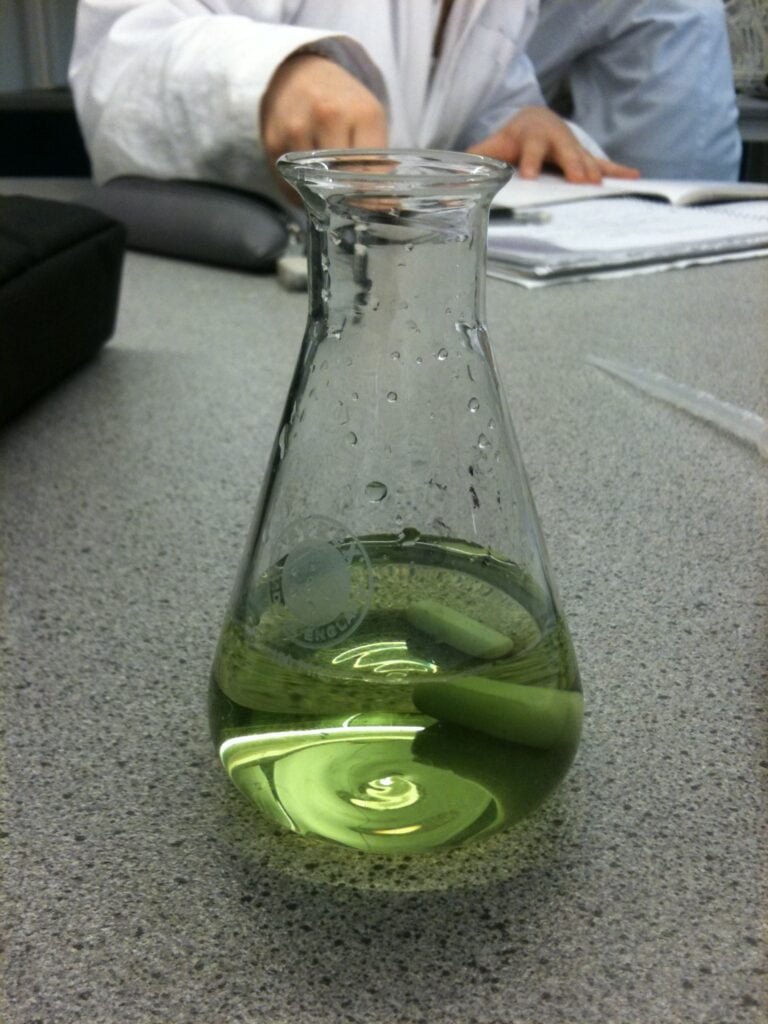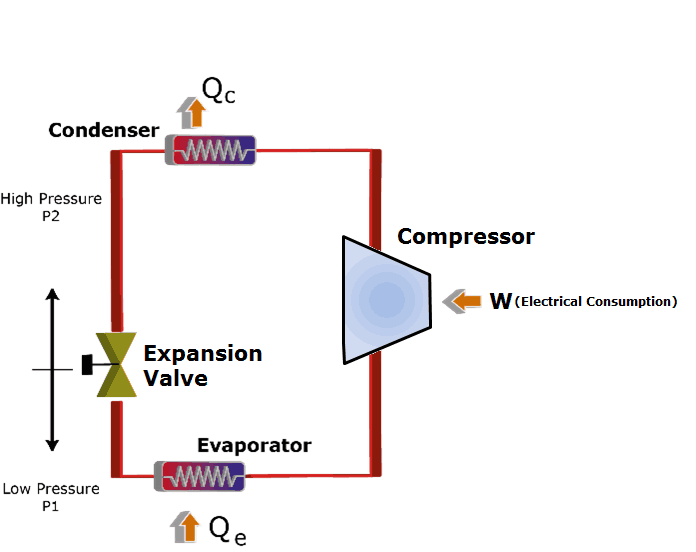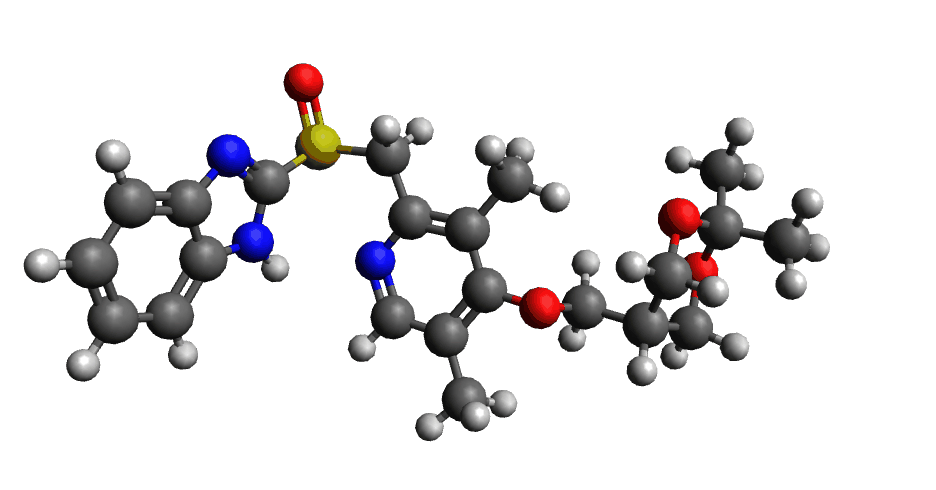Table of Contents
The molar mass of hydrochloric acid (HCl) is 36.46 g/mol. This is the amount of mass in one mole of the substance, which is equal to 6.02 x 1023 of its molecules. The molecular weight of hydrochloric acid is the sum of the atomic weights of its two atoms, hydrogen and chlorine.
Hydrogen has an atomic weight of 1.008 g/mol, and chlorine has an atomic weight of 35.453 g/mol. Therefore, the molar mass of hydrochloric acid is 36.46 g/mol (1.008 + 35.453).
The molar mass of a substance is important for various calculations and measurements. For example, it can be used to calculate the mass of a given amount of the substance (in grams or kilograms) from the number of moles. It can also calculate the amount of energy needed to break down a given mass of the substance.
Additionally, it calculates the number of moles of a given substance in a given volume. Furthermore, it can calculate the concentration of a solution or the amount of substance dissolved in a given volume of a solution.
In general, the molar mass of any substance is used to measure the mass of a given amount of the substance, which is equal to the sum of the atomic masses of all the atoms in the substance.
This can be used to calculate the mass of a given amount of the substance, the amount of energy needed to break down a given mass of the substance, and the concentration of a solution.

Determining the Molar Mass of HCl:
The molar mass of a substance is the mass, in grams, of one mole of the substance. To determine the molar mass of HCl, one must first calculate the number of moles of each element in one mole of HCl. One mole of HCl contains one mole of hydrogen atoms and one mole of chlorine.
The atomic mass of hydrogen is 1.01 g/mol, and the atomic mass of chlorine is 35.45 g/mol. Therefore, the molar mass of HCl is 36.46 g/mol (1.01 g/mol + 35.45 g/mol). The empirical formula of HCl is HCl, meaning that the molar mass of HCl equals the sum of the molar masses of hydrogen and chlorine atoms.
That is, the molar mass of HCl is equal to the sum of the atomic masses of hydrogen and chlorine atoms, which is 36.46 g/mol. In conclusion, the molar mass of HCl is 36.46 g/mol. This value is obtained by adding the molar masses of hydrogen and chlorine atoms, which are 1.01 g/mol and 35.45 g/mol, respectively.
Calculating the Molar Mass of HCl:
The molar mass of HCl, also known as hydrochloric acid, is 36.46 g/mol. To calculate this, one must first know the atomic mass of the elements that make up HCl: hydrogen and chlorine. The atomic mass of hydrogen is 1.008 g/mol, and the atomic mass of chlorine is 35.45 g/mol.
To calculate the molar mass of HCl, one must first multiply the atomic mass of each element by its respective number of atoms in the molecule. For HCl, the molecule is composed of one atom of hydrogen and one atom of chlorine.
Therefore, the molar mass of HCl is calculated as follows: Molar Mass of HCl = (1.008 g/mol * 1 atom) + (35.45 g/mol * 1 atom) Molar Mass of HCl = 1.008 g/mol + 35.45 g/mol Molar Mass of HCl = 36.46 g/mol the molar mass of HCl is therefore 36.46 g/mol. This means that one mole of HCl has a mass of 36.46 grams.
The conclusion:
The conclusion for the molar mass of HCl is 36.46 g/mol. This value was determined by using the molecular formula of HCl, which is H2Cl and using the atomic masses of hydrogen and chlorine to calculate the molar mass.
The molar mass of hydrogen is 1.00794 g/mol, and the molar mass of chlorine is 35.453 g/mol. When adding these two values together, the molar mass of HCl can be determined to be 36.46 g/mol.
This value is important for determining the properties of HCl, such as its density and solubility. Additionally, it is useful in stoichiometry calculations, as it allows for the conversion between moles and grams of any given substance.
Also, read Vikram University































Comment on “Hcl Molar Mass”
Comments are closed.